[ad_1]
Late last month, the Intergovernmental Panel on Climate Change (IPCC)’s Working Group II released its latest report, warning of increasing extreme weather events and the need for urgent and ambitious adaptation.
In the same week, we have seen devastating floods in Queensland and New South Wales with tragic loss of life and many families uprooted from their homes.
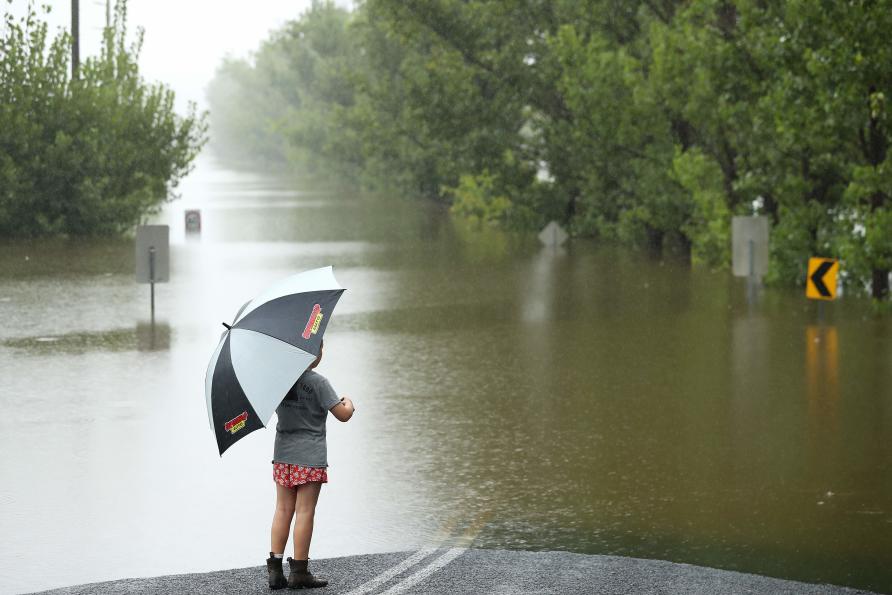
During any crisis, particular social groups are more affected than others.
We saw this during the COVID pandemic, when women’s careers and pay took the greatest hit due to the increased load of unpaid domestic and caring work associated with home-schooling, closure of childcare and the need to care for elderly parents.
Equally, women experience greater disadvantage and loss during other economic, environmental and health emergencies – a situation that also holds true for climate change.
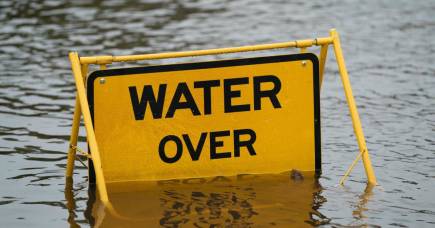
Our window is closing on a liveable future
Read more
As the IPCC report finds, gender is one of the key factors that compounds vulnerability to climate change impacts.
Extreme weather events, like floods, disrupt livelihoods and also affect hygiene and sanitation, with flow-on effects for women’s health, economic circumstances and education. In 2021 alone, the Malala Fund estimated that climate-related events would prevent at least four million girls in low and low-middle-income countries from completing their education.
Research also demonstrates that mothers, and potential mothers, are particularly impacted by climate change.
For some young women, environmental concerns have influenced their reproductive decisions to limit or reject having children on a warming planet, as seen in the emergence of groups like Birth Strike and Conceivable Future.
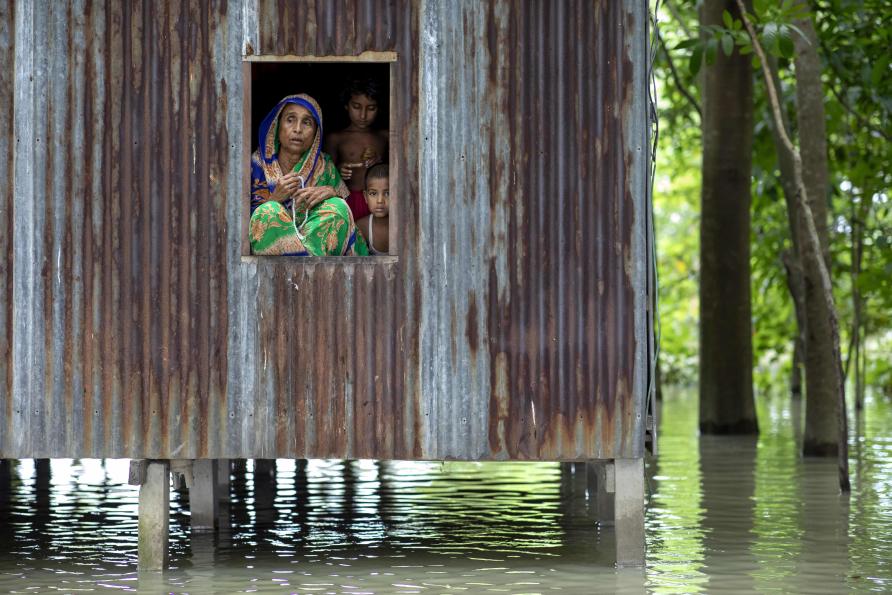
Mothers are reconsidering the best ways to raise their children for an uncertain future climate, as everyday family life is upended by disasters. These women face tough decisions about how to care emotionally and practically for their children in the face of ecological upheaval, including finding a safe place to live, ensuring adequate food and water supplies, and nurturing new resilience in their children to face a disrupted future.
A changing climate also reduces available natural and economic resources, leading to increasing violence that disproportionately impacts women. This makes addressing gender inequity central to achieving climate justice.
How can climate action ensure justice and gender equity?
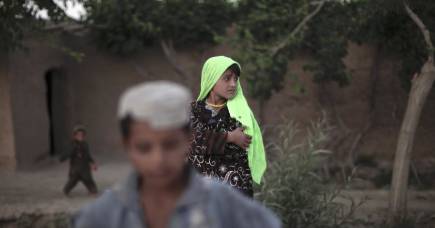
Girls forced to act as boys in Afghanistan
Read more
In 2015, the Paris Agreement drew attention to the disproportionate impacts of climate change on women and called for a “gender-responsive” approach to climate action. But how can this be achieved?
Ugandan climate change activist Vanessa Nakate points to the role of women’s leadership in ensuring climate justice:
“We can’t have climate justice without gender equality… we need women in spaces where decisions on their wellbeing is discussed, especially decisions about the future of our planet.”
In its latest assessment, the IPCC calls for “climate-resilient development” with gender as a fundamental component to address the intertwined challenges of climate change and gender inequity.
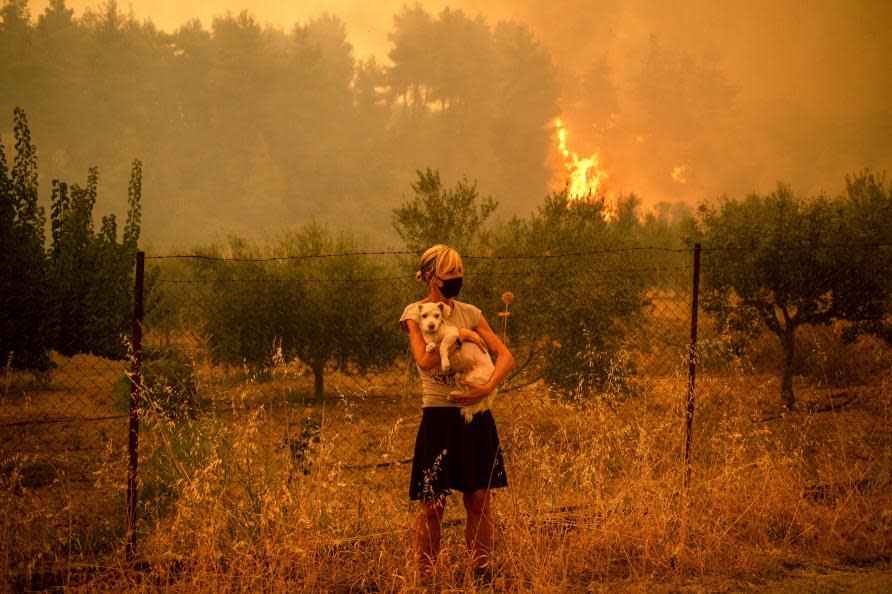
Climate resilient development is defined as a “process of implementing greenhouse gas mitigation and adaptation options to support sustainable development for all”.
By taking a holistic and integrated approach to development that actively addresses structural barriers for at-risk populations like women and girls, climate resilient development places justice and equity front and centre as key drivers of policy development.
Now more than ever, as we face accelerating climate impacts which disproportionately affect women, it is critical that gendered perspectives inform policy development across the board.

Doing more to stop sexual violence in plain sight
Read more
Women at the forefront of fights for climate justice
Frustrated by the failures of world leaders and fossil fuel polluters to take ambitious climate action, many are taking this challenge into their own hands. Women, young and old, have been prominent leaders in this worldwide trend.
Some of the most effective advocates for greater ambition on climate action are women. Former Executive Secretary of the United Nations Framework Convention on Climate Change, Christina Figueres, and human rights and climate justice campaigner, Mary Robinson, are just two examples.
Women have traditionally had less representation in scientific bodies like the IPCC though numbers of women lead authors on reports have been slowly growing since the 1990s.
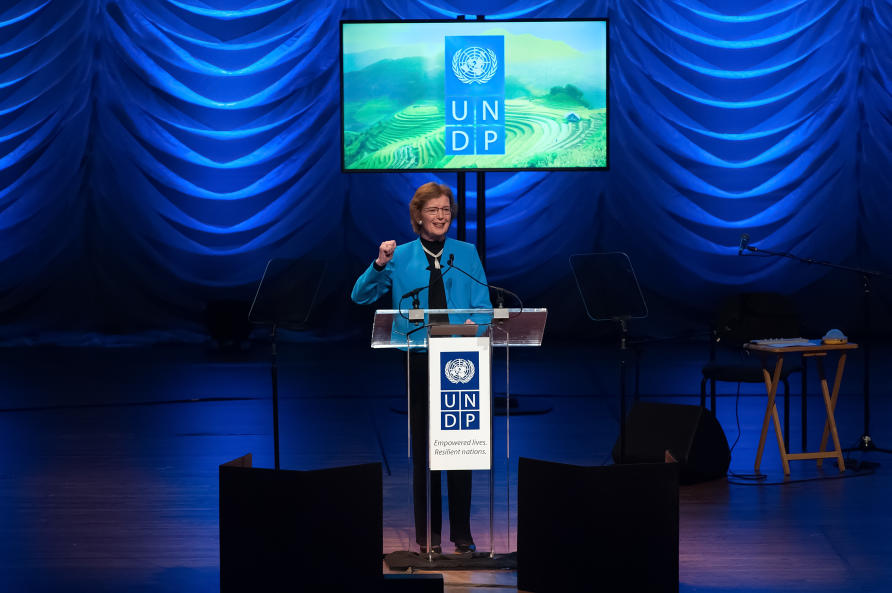
For the IPCC’s latest assessment – known as Assessment Report 6 (or AR6) – 33 per cent of authors are women, up from 21 per cent for AR5. Two of the authors of this article are among the female lead authors contributing to AR6.
Young women have also been prominent leaders of social movements calling for climate justice.
Greta Thunberg’s activism in Sweden inspired the global Fridays for Future and School Strikes movement. In Australia, Amelia Telford, a young Aboriginal and South Sea Islander woman from Bundjalung country, is the National Director of and co-founder of Seed, Australia’s first Indigenous youth-led climate network.
Mothers have also been at the forefront of efforts to ensure an environmentally safe future for their children, both historically and today.

Melbourne’s real-world impact on climate change
Read more
For many mothers and grandmothers, intergenerational relationships are a motivation to become politically active through networks like Parents for Future, Extinction Rebellion Families, and Australian Parents for Climate Action.
Women suing for climate justice
Women are also at the leading edge of efforts exploring alternative avenues to address climate change – like in the courts.
Globally, there are over 1,800 ongoing or concluded climate change litigation cases, with youth and Indigenous peoples increasingly initiating these climate cases. These groups are motivated by the inequitable effects of climate change, which is:
“… exposing [children] to life-threatening dangers and harming their health and development. For the indigenous petitioners, their thousand-years-old cultures are threatened by climate change.”
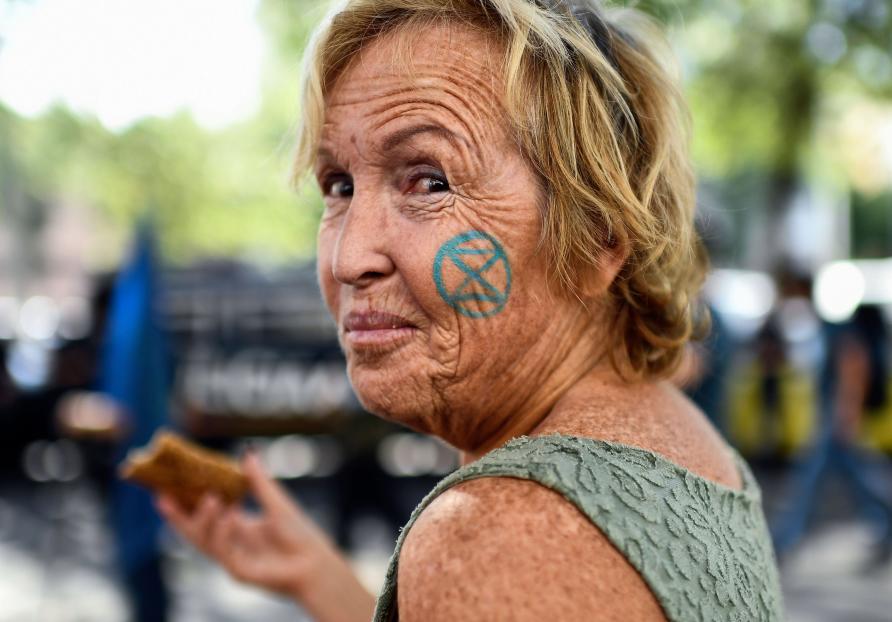
Claimants in climate cases often aim to achieve far more than just an outcome in a courtroom, using litigation as a key tool to raise awareness of climate impacts and to call for greater action by governments and business.
This has been the strategy of the sixteen young petitioners, including Greta Thunberg, in Sacchi et al v Argentina. In filing their complaint under the UN Convention on the Rights of the Child, the claimants weren’t looking for compensation, but orders from the Committee that the leaders in their countries act on climate change.
Other women at the forefront of the climate litigation push include Luisa Neubauer who brought the case of Neubauer et al v Germany, and Cecilia La Rose in La Rose et al v Canada.
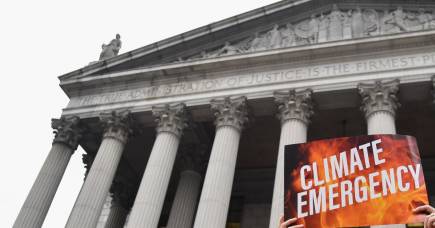
Can the courts save us from climate change?
Read more
Here in Australia, Anjali Sharma and seven other Australian young people were successful at the first instance in their claim that the Federal Environment Minister owes them and Australian children a duty of care to avoid causing harm when considering whether to approve a new coal project.
As climate cases, including those brought by women, achieve publicity and early successes in the courts, attention is turning to whether this litigation will make a difference in the fight for climate justice.
This will be assessed in the upcoming IPCC’s Working Group III assessment on mitigation, due to be released in early April. For its part, the IPCC’s Working Group II report found climate-related litigation is a key enabling condition for implementing, accelerating and sustaining adaptation in human systems and ecosystems.
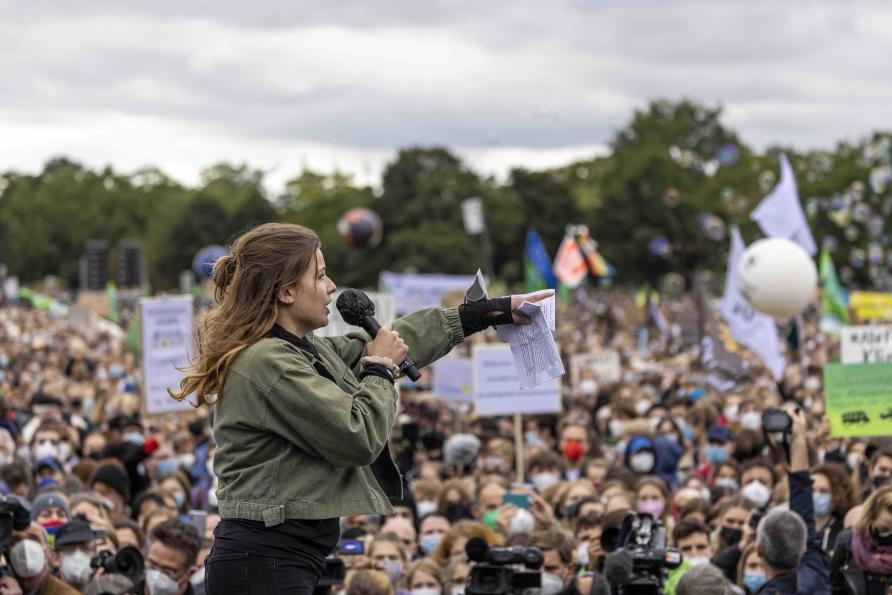
While the full impact of this action remains to be seen, women are raising their voices and putting up their hands to lead in the face of a climate crisis.
It’s clear women are disproportionately suffering the impacts of climate change – that global warming is profoundly gendered in its effects.
But it’s equally clear that women are powerful voices for the kinds of far-reaching changes that are so urgently needed as we stand on the precipice of multiple possible futures for the girls and women of tomorrow.
Banner: Getty Images



